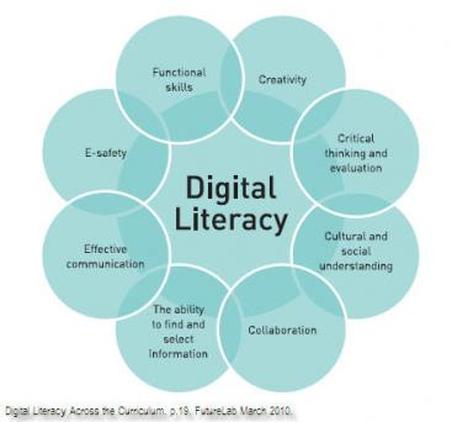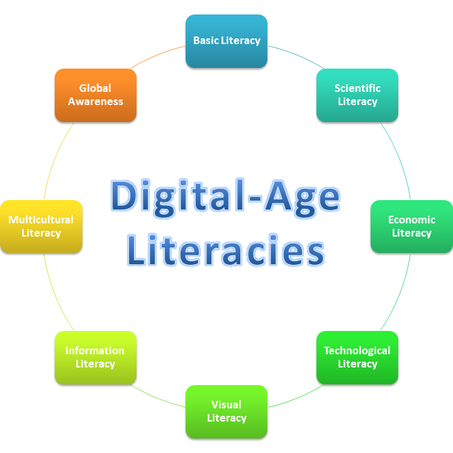"15 Characteristics of a 21st Century Teacher" by Tsisana Palmer gives us a list of important qualities (mostly technological) that if you really want to be a 21st century teacher, you must possess. Here are some: blog, go paperless and use digital sources, connect with others, use twitter chat, learn code, etc. I think I'm doing well if I tried 8 - 10 out of these 15. I'm not sure I know anyone who is pursuing all 15 of these characteristics, but of course there are a lot more ambitious teachers out there than me.I just know my head would explode if I chased this list. It's a helpful list, but seemed overwhelming to me. I would pick and choose some to concentrate on.
Now let's talk about 21st Century Students.
In the article "The Critical 21st Century Skills Every Student Needs and Why" by Lee W. Crockett, the essential skills, which are pretty much the 4 C's we have discussed before (collaboration, communication, creativity and critical thinking) are emphasized. The author suggests that teachers are working almost blindly because we don't know yet what future employment will look like for some students; it states that teachers have the job of preparing kids for a future that hasn't arrived yet, or is arriving quickly. But I think that's pretty much true of every generation, because there have been some massive changes in our world in the past century. Most importantly teachers have to be ready to embrace the ambiguity and changes in education and try to move their students toward the future.
Before I read these articles for our last week, I read "Poor Students Face Digital Divide in How Teachers Learn to Use Tech," by Benjamin Harold in Education Week, June 14, 2017. It discusses the fact that there are still plenty of schools that don't have the same resources. There's a digital divide of the haves and the have-nots, not just in terms of hardware and internet access, but also in terms of how well trained the teachers are in using tech. It uses two schools in the Pittsburgh area as examples of how deep the differences can be. The school with money has established a STEAM program that is doing well. The other school has different priorities.
Here's a clip from an administrator from the school with many resources.
Here's one from the school without many resources.
As you can see, the two schools have different priorities. I would argue though that the school with the least amount of resources is the one that needs teacher training in technology even more. Those students are losing out, because as Daniel Pink explains, in "The 21st Century Workplace,"






